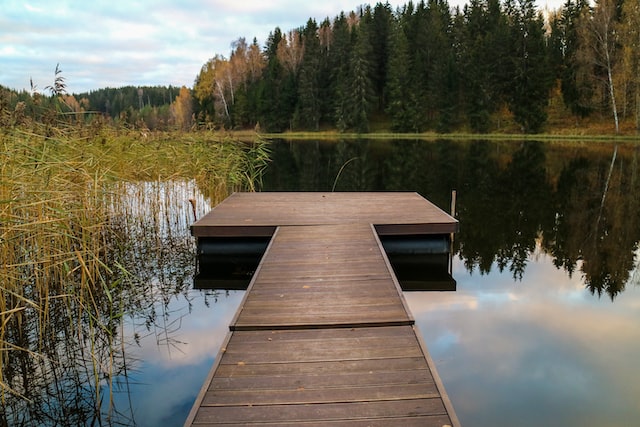Contents
Are you thinking of building a floating dock for your water body?

With the growing popularity of boating and watersports, the need for docking areas and marinas to expand their capacity to harbor boats is also shooting up. However, enlargement can be a hectic task with a limited amount of real estate available on docks, waterfront properties, and marinas. Building plastic floating docks is a perfect solution in situations similar to these.
The biggest advantage of a floating dock is its allowance for tying off a large number of boats, giving people more access to the area, not impeding access from the beach, and allowing swimming areas, while accommodating a large number of boats and other watercraft. However, like all docks, they have specific needs due to their substitution on the water.
Let’s look at these considerations to help you make the most of floating boat docks.
Module Design
Docks and boardwalks are considered a continuous piece of construction, which is true for a traditional dock. But floating docks are constructed differently; they are much more flexible as they adjust to the varying water level and general movement. Smaller docks are removed from water during off-seasons, and their layout is modified depending on the weather and usage.
Because of these goals, floating docks are considered separate modules rather than one large piece. By building a floating dock with an industrial gate valve in multiple modules or pieces, you can maneuver them to their right place, pull them out of the waters for repair or storage during the winter season, and alter their configuration as you expand.
Since a dock is built of a bottom float with a decking item on the peak, it’s easy to make one in little pieces with the float size. They are available in more than 40 different sizes, and you can even have a custom float built to your specifications. By placing one dock on every float and joining multiples of them together, you let them flex with the waves and allow them to shift easily and conveniently.
Frame Construction
You might think that a floating dock is simply decking used in the upper part of the float, but a lot more goes into their body. Its construction begins with a type 2 socket and a frame using aluminum, wood, and fiber-reinforced concrete. Its construction must hug the floats when lowered, allowing repairs by removing them and giving a sturdy platform to erect the decking.

Material Considerations
A floating dock can be made using several different materials, including the frame, decking, and float. These floating structures are used on and near water, meaning that their moisture levels in the area and how they affect the materials employed are considered. While the floats are made using plastic, polystyrene, and fiber cement, the decking and frame are built using composites, wood, or aluminum.
For building a deck, pressure-treated wood is the most common material. It has a conventional style that fits well with marinas, but it can expand with moisture and shrink during summers, causing the decking to wrap over time. Absolute pressure-treated woods may even rot, build mold or algae, and degrade due to insect activity if exposed to water for an extended period.
Also, you cannot treat the wood with paint or stain because they may harm the environment.
Using aluminum and composites, too, have drawbacks, including becoming slippery when wet, hot in the sun, and no style and versatility of real wood. Aluminum is prone to dent and echoes when walked upon, which makes it a less attractive option to use in high traffic areas such as marinas. Composites may leach chemicals into the water, and rot, smell, and warp over time.
Kebony, a modified wood, is the perfect material for building both stationary and floating docks as it avoids the issues found in aluminum, composite, and pressure-treated wood decking. It is the best material for installations prone to water exposure, is environmentally friendly, stays cool under the sun as natural wood, and doesn’t leach harmful chemicals into the water.
Building a dock using Kebony is a great way of avoiding ingoing dock maintenance issues and the need for replacement while constructing something that will last for a long time.

Also Read: What Are Teflon Rods, And How Are They Used?
Final Words
By paying close attention to the material considerations of floating docks, you can build a project that can withstand years of use. If you dream of building such a dock, we suggest you use modified wood to lessen the headache of maintenance while giving it a traditional look. It will let you build a better floating dock and make the most out of your marina, harbor, or private dock.
Leave a Reply